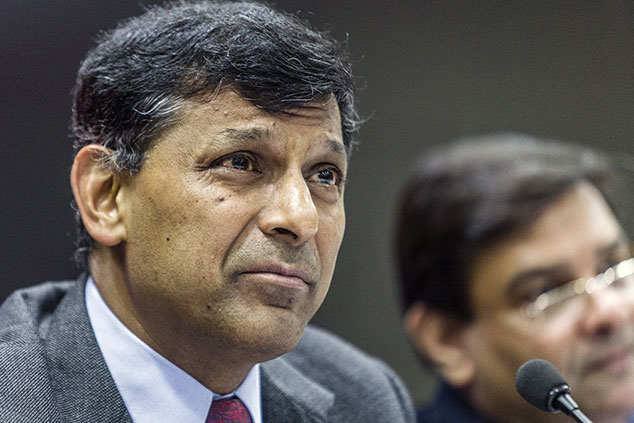
This article is taken from our FREE daily investment email Money Morning.
Every day, MoneyWeek’s executive editor John Stepek and guest contributors explain how current economic and political developments are affecting the markets and your wealth, and give you pointers on how you can profit.
Central bankers of the world unite to meet at Jackson Hole, in Wyoming, for their annual shindig today.
Jackson Hole has gone from being a bit of a talking shop, to being yet another place where investors wait with bated breath to see what policies the likes of the Federal Reserve and the European Central Bank will dream up next.
But do they have any ideas big enough to deal with the concerns currently gripping markets?
Central bankers are facing a seriously weird backdrop
The latest annual central banker get together in Jackson Hole comes as a number of unusual things are happening in the world.
Bond yields in many countries have never been this low. In lots of countries, they are entirely negative. Germany just issued a batch of 30-year bonds with a zero coupon – in other words, investors give Germany their money for 30 years, and don’t expect any interest back at the end of that term.
That’s weird. But it’s probably not as weird as a German bank managing to sell a batch of three-year, mortgage-backed debt, with a negative yield. That’s right – investors are paying to be able to invest in IOUs backed by property, rather than a government.
I’m sure it’s a good credit risk, but it’s not risk free. Yet, your only reward as an investor is to lose slightly less money than you would by lending to the German government over the same period of time.
It’s strange.
And then, of course, there’s the usual political turmoil. Brexit looks to be on the cards at the end of October. Italy is playing up yet again (another prime minister and government have just been toppled). Germany is on the verge of recession.
And Donald Trump just keeps being Donald Trump. I’ve made my fair share of poor excuses to duck out of commitments I couldn’t quite be organised or motivated enough to keep, but “I’m not coming if Greenland is off the table” is a new one on me.
(In case you hadn’t read the story, Trump pulled out of a visit Denmark when he heard the protectorate was not for sale.)
So, in the financial world, you have epic levels of monetary distortion. In the “real” world, you have political turmoil and constant threats to the status quo on trade, as well as clear signs that this tension and the slowdown in China are having a real effect on the economies most exposed to global trade, such as Germany and Singapore.
The market has grown rather used to relying on central bankers to sort things out over the last decade or so. They’ve decided that they’re the adults in the room, and until very recently, politicians were willing to cede that power to them.
That’s not so much the case anymore. So they’re facing a tough time.
And don’t just take it from me – as Raghuram Rajan, arguably one of the smartest and most thoughtful former central bankers in the world (he pointed out in 2006 that the financial crisis was a significant risk), put it to the Financial Times: “I would say this is probably the most interesting environment for central bankers since the crisis.”
We all know that he doesn’t mean “interesting” in a good way.
It’s not clear that the economy is as bad as the market fears
So we’ll see what the Fed, and its colleagues around the world, come out with. Friday will be especially critical, with all eyes on Jerome Powell when he speaks.
It’s easy to get distracted by Trump’s constant tweets in the direction of the Fed chief. But they really are just distractions.
The real problem for the Fed – as the latest batch of minutes makes clear – is that whatever is going on with the economy, it’s not obvious that things are serious enough to justify the sort of massive stimulus that the market seems to be desperate for.
Consumer spending remains solid, as stellar results from both Walmart and Target indicate. The US still has reasonable levels of Inflation. The economy doesn’t look spectacular, but it also doesn’t look awful. In short, no one is entirely sure of what’s going on.
That’s clear from the latest minutes from the Fed, where there was no obvious consensus view on what action the committee should take.
One problem is that the Fed doesn’t control trade policy and it’s not something it can easily second guess, or really do much about, short of deliberately trying to target the dollar. Another problem is that much of the global jitters stem from concerns about Europe and China.
So I can see the Fed coming out with an unsatisfying fudge that simply leaves markets baffled as to the next move and ultra-sensitive to any economic data that points one way or another.
Indeed, it’s hard to imagine that anything will be enough on its own to alleviate the market’s current jitters. But it wouldn’t be the first time that central bankers had managed to surprise markets with a “big bazooka”.
Let’s see what they come up with.
We’ll be discussing all this and a lot more at the MoneyWeek Wealth Summit in November – make sure you get your ticket here.